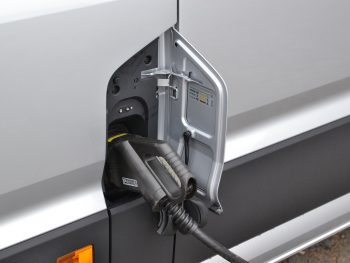Electric vans should be monitored closely over their first winter of operation to keep an eye on real-world running costs.

The Association of Fleet Professionals (AFP) says this is really the first cold period that the vast majority of businesses running electric vans will have experienced, and that operators need to ensure that estimated and real-world running costs align.
Paul Hollick, AFP chair, said: “eLCVs have arrived on quite a number of fleets for the first time in recent months and so far, the feedback we are hearing is that the operational experience seen across the AFP has been positive.
“However, it’s widely known that the cold weather conditions can have a sometimes very noticeable effect on battery efficiency and we are keen to encourage operators to keep a close watch on the impact being seen this winter.
“Especially, we want to see whether the running costs that have been estimated for electric vans remain accurate through these more difficult operating conditions. A big part of the argument for eLCVs is their economic viability and this is, in some ways, a key moment for these vehicles.”
Hollick added that due to much-improved product and supply, far-greater numbers of electric vans are now in use, and that the AFP had been gearing up in support of van electrification for its members in recent months, including the launch of its first-ever eLCV course for fleets making the transition.
Created by well-known eLCV expert Paul Kirby in conjunction with the AFP, the course consists of five modules – the eLCV ecosystem, vehicles, evaluation, total cost of ownership and operations, and future state.
Hollick finished: “We do believe that running eLCVs is different to electric cars. Different factors are driving adoption, whole-life costs are different and electric vans are the real work horses in the fleet mix, so require differing strategies and deployment processes.”

